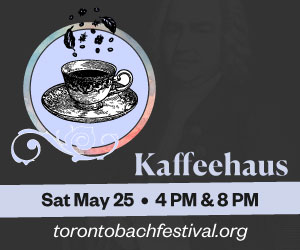SchlagArtig – Percussion Solo Markus Hauke
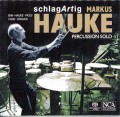 SchlagArtig – Percussion Solo
SchlagArtig – Percussion Solo
Markus Hauke
New Classical Adventure 60171
Percussion can be an alien world. It speaks, however, with a language strangely familiar to some deeper part of us that doesn’t need a “tune” to recognize music. Those who write for it and those who play it understand its architecture and philosophical constructs well, but even audiences can be drawn quickly and seductively into this world of sounds.
The interpretive role of the performer as guide on any such journey is critical. Deciphering the “code” of notation into a meaningful aural experience is no less daunting when a composer leaves much to the imagination of the player. German-born Markus Hauke is brilliant in his ability to illuminate the manuscripts of composers like John Cage, Iannis Xenakis, Bryan Wolf and Maki Ishii on this disc. His own composition, based on rhythmic themes from Wagner’s “Ring” is also testimony to his ability to speak the language convincingly.
While the array of percussion instruments on this recording seems like something capable of delivering an artillery salvo, Hauke nevertheless brings a great subtlety and sense of nuance to his playing along with the highly complex rhythms that we expect of a professional percussionist.
Most unusual on this CD is the piece by American composer Bryan Wolf. Dedicated to Hauke, the piece uses only metal instruments along with some electronic sounds. The distinctive ringing quality of the work suitably echoes its place in the Triptych “Trails of Glass”.
Surprisingly, this CD will sound as satisfying on your modest computer speakers as on your principal home sound system.


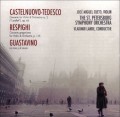
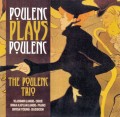
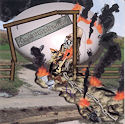 MC Maguire - Trash of Civilizations
MC Maguire - Trash of Civilizations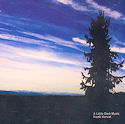 A Little Dark Music
A Little Dark Music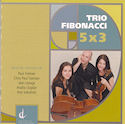 5 X 3
5 X 3 